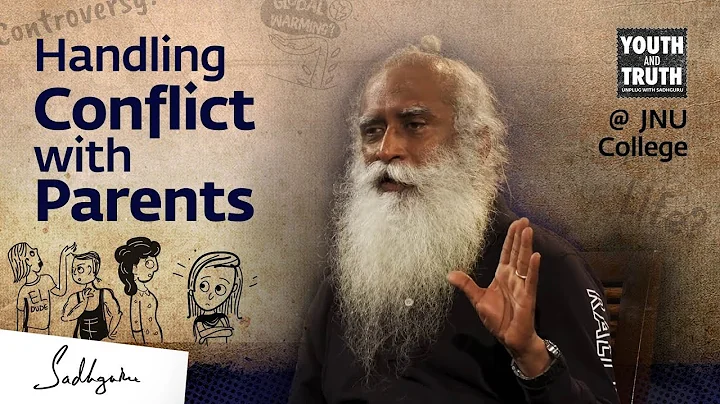
It is natural for children to make mistakes, and the process of growing up is the process of learning from mistakes. But some parents do not allow their children to make mistakes. Let’s take a look at the parents’ behavior when their children make mistakes.
- criticize them
- yell at them
- beat the child
- punished the child
- slap them
- slogan them
- slogan them ml4
- tell them or direct them how to do things
- argue with children
- threaten them
- says they are stupid, stupid, etc.
All behaviors of parents above are of no benefit except to hit their children's self-confidence and make their children lose trust in their parents. Children may avoid some mistakes in a short period of time under the threat of their parents, but their behavior will still be the same in the long run.

How to teach children to learn from mistakes?
Step 1: Accepting that making mistakes is normal
Parents should tell their children that everyone makes mistakes, and you are the same, and children will make mistakes too.
Step 2 Identify the opportunity to educate them
When children make mistakes, it is an opportunity to educate them rather than punish them.
Step 3 Explain to the child what was wrong
Parents should tell their children very calmly what was wrong and teach them how to correct it. For example: pack up the messy things.
Step 4 Give children time to stabilize their emotions
When children are emotionally excited, don’t preach them, and they won’t listen even if they say it. Give them space to calm themselves down gradually.

Step 5 Help them understand their responsibilities
Encourage children to admit their mistakes and understand their responsibilities, and do not rely on others.
Step 6: Praise your child for being brave enough to bear mistakes
Children admit that mistakes are a good thing, and parents should resist the urge to criticize and punish their children and praise them.
Step 7: Discuss the facts
Help the mistakes your child just made, don’t bring up old accounts.
Step 8 Help your child to apologize
Parents should help their children with the apology process. Don’t force the child to apologize. You can apologize at that time or apologize later.
A good or sincere apology includes: what happened to , what impact it caused, what role it was, what role it was in the process, expressing that you regret it, request forgiveness, guaranteeing not to commit it again and how to compensate.

Step 9: Resist the urge to rescue children
Children need to learn from the consequences of the mistakes they make, and only by knowing the consequences can they educate them how to stop making the same mistakes again.
Step 10 Help them find a way to solve the problem
Help children find out where the error is, how to improve or avoid it, and how to compensate for the damage caused.
Step 11 Ask your child what he learned from his mistakes
Have you learned anything from his mistakes and whether he has plans to avoid making it again next time?
Step 12 Plan together how to change behavior
role-playing with the child, reproduce the scene at that time, and see how the child deals with this time.

Step 13 Telling children that they can reflect on themselves is an advantage
Reflecting on whether what they have done is correct and how to improve is a ability that children will benefit in their future lives.
Step 14: Forgive and forget
Once the child apologizes, parents should forgive the child and forget what happened. They should not always mention it and use it to tell the truth.
Step 15 Don’t forget to tell your child that you still love him very much
Tell your child that you love him no matter what mistakes he made, and you are proud of his courage to admit his mistakes and apologize.
Finally, parents should not forget to show their children that they have made mistakes and must go through these steps. The children will learn how to do it from your behavior.











